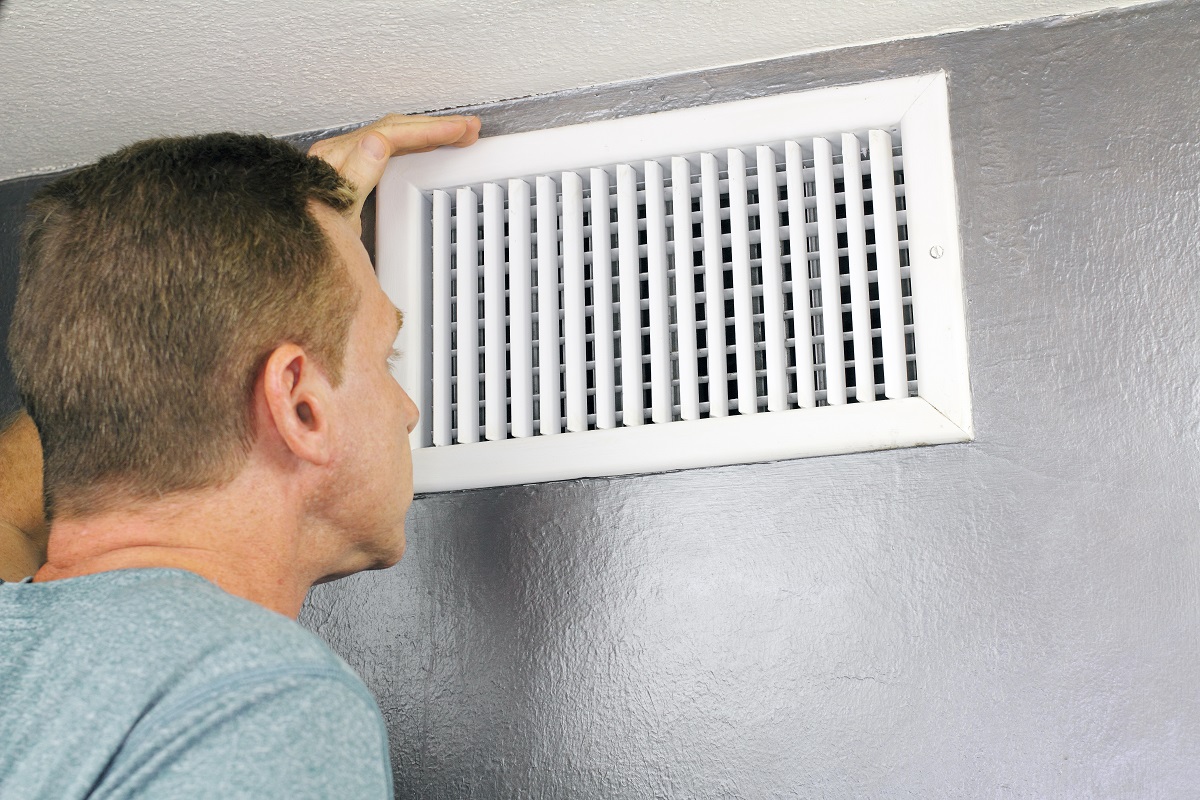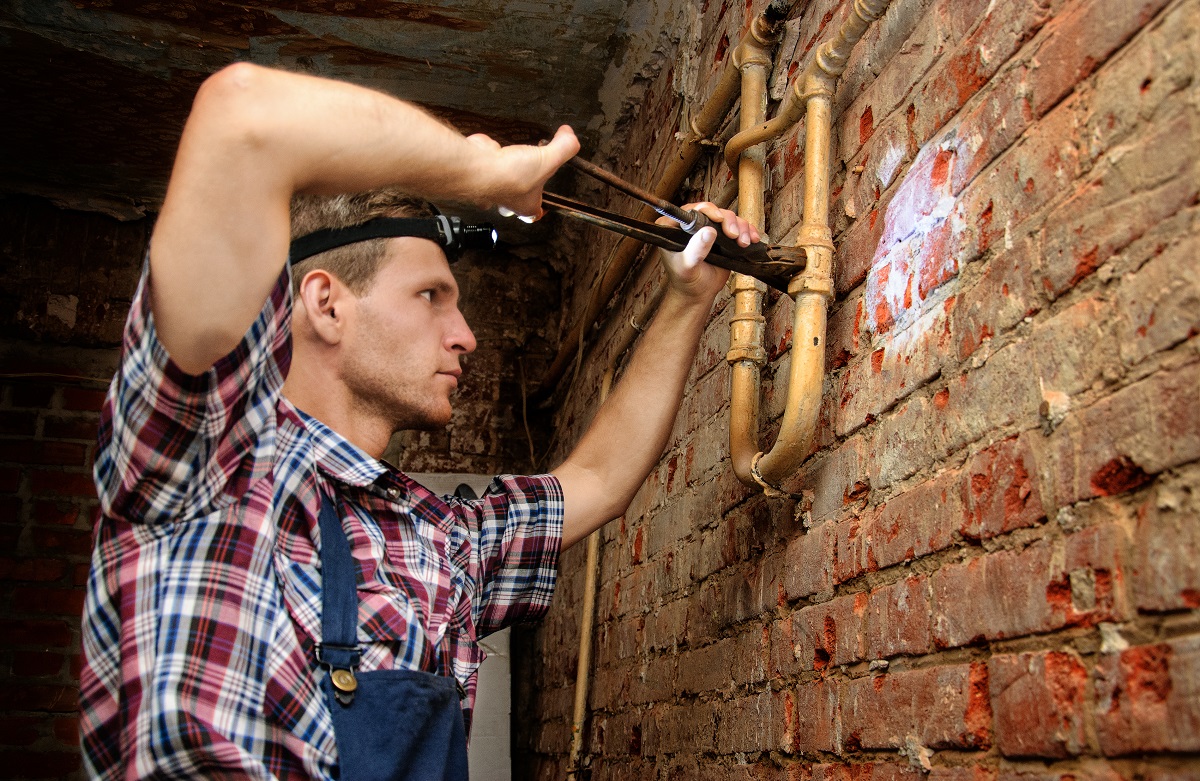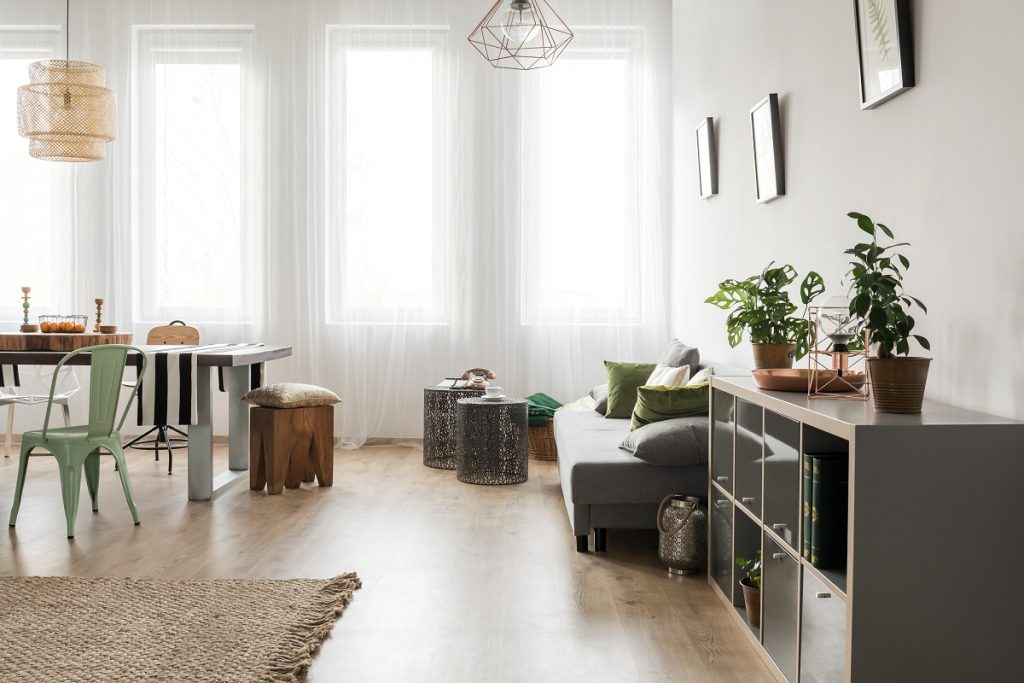- Invest in air purifiers and filters to remove pollutants such as dust, pollen, and allergens from the air.
- Improve ventilation by opening windows and using exhaust fans, which can help promote proper air circulation.
- Choose low-VOC paint and eco-friendly materials to reduce exposure to harmful chemicals and pollutants in the home.
- Install security systems, smoke detectors, carbon monoxide alarms, and childproofing measures for increased safety.
- Utilize renewable energy sources and incorporate sewage backup systems for environmental sustainability and improved health.
The home is where most people spend the majority of their time, making it essential to create a healthy and safe living space. The environment you live in can significantly impact your physical and mental well-being. Enhancing your home’s safety and wellness is critical to making health-conscious improvements.
A health-conscious living environment has numerous benefits and is crucial to your well-being. Indoor air quality can impact your respiratory, digestive, and cardiovascular systems.
Furthermore, using harmful chemicals and materials in the home can pose a hazard to your health. Creating a health-conscious living space can help reduce the likelihood of developing illnesses and medical conditions.
This post will explore different areas of your home that you can improve to create a health-conscious living environment.
Enhancing Indoor Air Quality
Improving indoor air quality is one of the best ways to make your home environment healthier. Air pollution from inside and outside the home can significantly impact your health.
Improving indoor air quality can reduce the number of pollutants in your home and mitigate the risk of illness and allergies.
Installing Air Purifiers and Filters
Investing in air purifiers and filters is one way to enhance indoor air quality. These devices can remove pollutants such as dust, pollen, and other allergens from the air, creating a safer and healthier living environment. Make sure to choose a device that is suitable for your home size.
Ventilation Improvements
Another way to improve indoor air quality is by ensuring that your home has proper ventilation. Ventilation allows for indoor air circulation, which can be beneficial for removing pollutants from the air. Opening windows and doors and using exhaust fans in the bathroom and kitchen can help promote proper ventilation.
Eliminating Sources of Indoor Air Pollution

Identifying and eliminating sources of indoor air pollution is also essential in creating a health-conscious living environment. Common sources of indoor air pollution include cooking, cleaning products, and smoking. Reducing or eliminating exposure to these pollutants can significantly improve indoor air quality.
Creating a Non-Toxic Living Space
In addition to enhancing indoor air quality, creating a non-toxic living space involves choosing eco-friendly and non-toxic materials for your home. Reducing exposure to harmful chemicals and materials can promote a healthier living environment.
Choosing Low-VOC Paint and Eco-Friendly Materials
When it comes to creating a non-toxic living space, it’s essential to choose low-VOC paint and eco-friendly materials. VOCs, volatile organic compounds, are chemicals in many traditional paints and materials linked to health concerns.
Choosing low-VOC paint and eco-friendly materials will reduce the number of harmful chemicals in your home.
Avoiding Harmful Chemicals in Cleaning Products
Cleaning products contain numerous chemicals that can be harmful to your health. When selecting cleaning products, choose ones without toxic chemicals such as ammonia and bleach. Instead, opt for natural cleaning products that are free of harsh chemicals.
Using Natural and Organic Furnishings
Furnishings in your home can also contribute to indoor air pollution. Choosing furniture and textiles from natural and organic materials such as cotton, wool, and hemp is essential. Synthetic materials can release harmful chemicals into the air and should be avoided.
Prioritizing Safety Measures
A significant portion of one’s home renovation budget should be allocated to safety measures to prevent accidents and injuries. These measures include:
Upgrading Home Security Systems
Home security systems provide homeowners with peace of mind. Modern-day security systems have innovative features such as motion sensors, remote-controlled locks, and 24/7 monitoring services to ensure maximum security. Investing in security systems can enhance the overall safety of one’s home.
Installing Smoke Detectors and Carbon Monoxide Alarms
Smoke detectors and carbon monoxide alarms that detect harmful gases are essential for ensuring the safety and well-being of a household. It is recommended that smoke detectors and carbon monoxide alarms be installed on each house floor and within damp areas, such as the basement and bathroom.
Implementing Childproofing Measures for Families
Childproofing measures are crucial for families with young children. Actions such as cupboard and drawer locks, window guards, and soft-close hinges can prevent accidents and injuries. Childproofing also includes the installation of corner guards and safety gates or railings to ensure the safety of children around the home.
Energy Efficiency and Sustainability
Energy efficiency measures benefit the environment, health, and overall well-being. A well-insulated home ensures that the indoor air quality is optimized and that occupants are not exposed to health risks caused by outdoor pollutants.
Here are some sustainable home improvement options:
Improving Insulation for Energy Efficiency
A well-insulated home reduces energy consumption and ensures the health and well-being of its occupants. Installing weather stripping, caulking, and insulation in attics, walls, and basements can significantly reduce the likelihood of outdoor pollutants entering the house, thus improving air quality.
Incorporating Renewable Energy Sources
Incorporating renewable energy sources such as solar, geothermal, and wind energy is an excellent way to reduce one’s carbon footprint. Renewable energy sources save money long-term and ensure optimal indoor air quality by reducing reliance on traditional energy sources.
Utilizing Sewage Backup in the Basement Area

Having a sewage backup in the basement area is critical to ensuring a household’s health and overall well-being. Older homes, in particular, may have asbestos in the insulation and pipes, which could be causing long-term health effects.
Homeowners can protect their families from possible health risks by regularly ensuring the basement area is well-flooded and routinely maintained. This system is not only an eco-friendly solution but can also help save you money on your utility bills.
Reducing Waste and Promoting Recycling
Reducing waste and promoting recycling are another way to create a health-conscious home. By creating dedicated spaces for recycling and composting, you could reduce the waste produced in your home. This will also reduce the amount of trash in landfills, promoting sustainable living.
Creating a health-conscious living environment promotes a healthier and safer daily life. Improving indoor air quality, creating a non-toxic living space, and choosing natural and organic furnishings can significantly impact your well-being.
Implementing these changes can create a healthier home for you and your family. Take the time to make these critical changes to promote a healthier and safer living environment.
